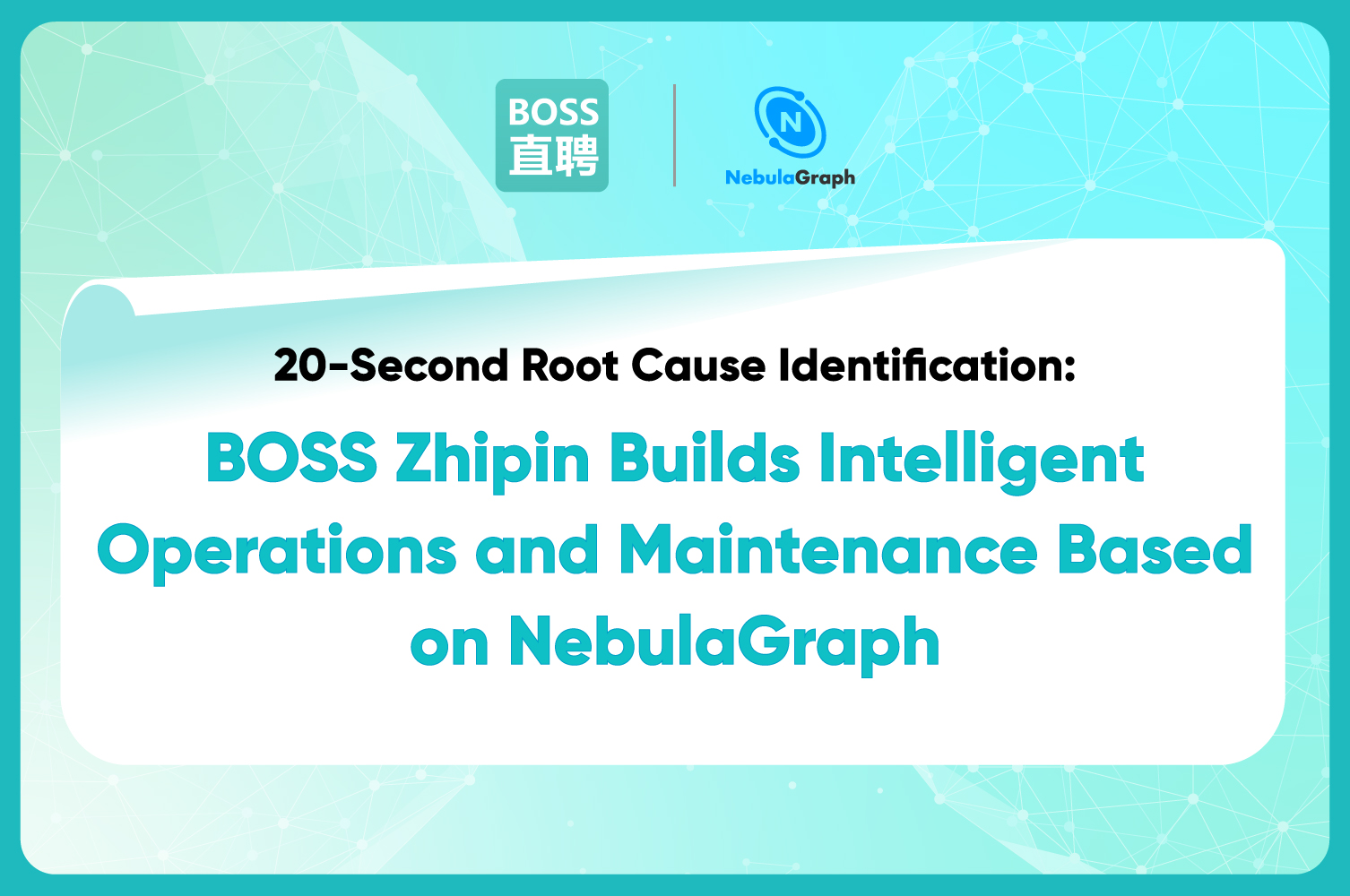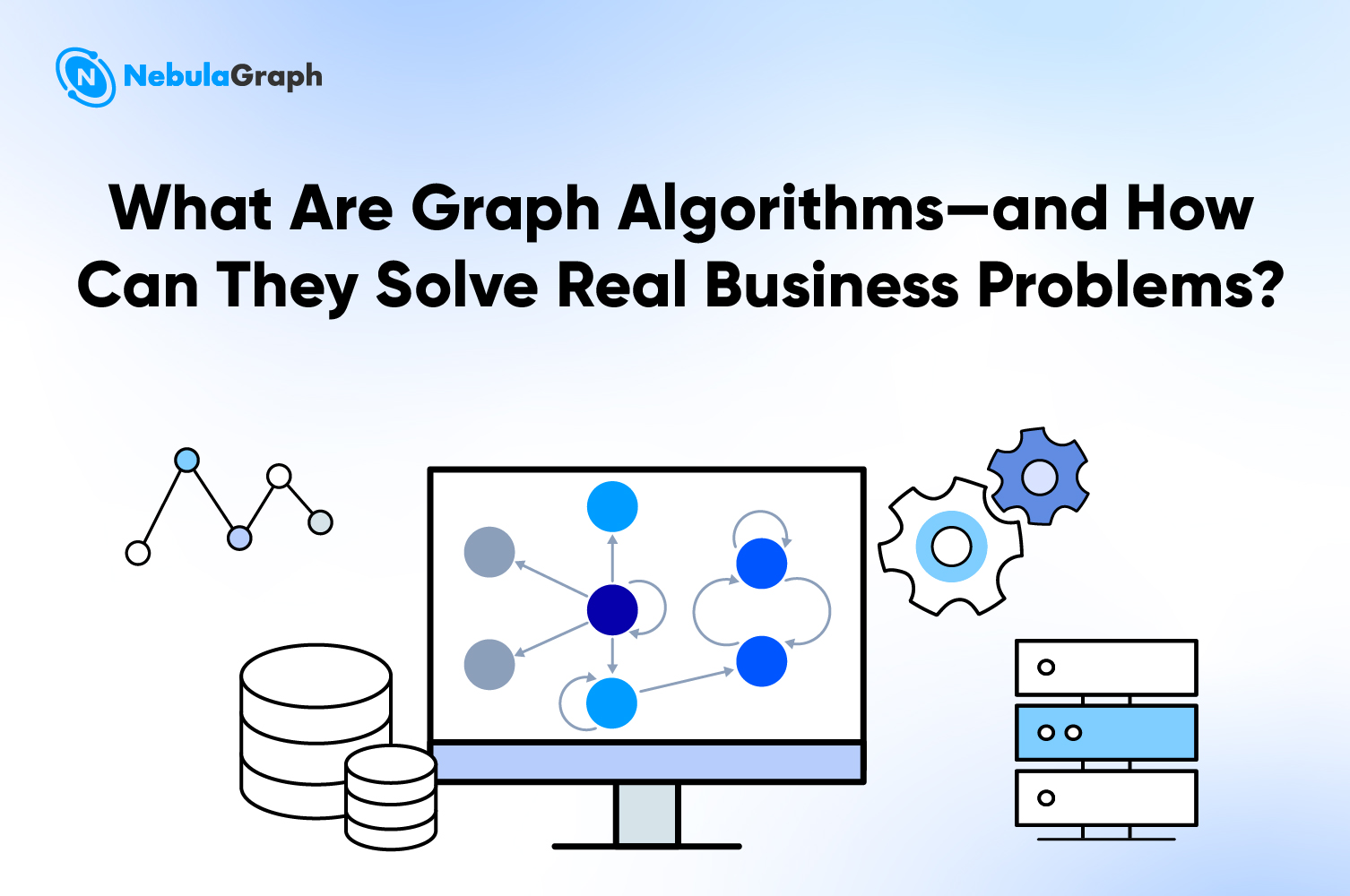GQL
Top 10 Use Cases for GQL in Modern Enterprises
In today's rapidly evolving business landscape, modern enterprises are constantly seeking innovative solutions to stay competitive and drive success. One of the most significant advancements in data management and analytics this year has been the release of the first ISO-GQL standard on April 12. This groundbreaking development in the graph database industry introduces a standardized graph query language, unifying the querying of graph databases and offering immense potential for enterprises.
Why ISO-GQL is Important to Modern Enterprises
ISO-GQL's release is particularly relevant as it directly addresses several critical factors that underpin the success of modern enterprises. By providing a universal querying language, ISO-GQL ensures consistency and interoperability across different graph database platforms, which is crucial for data-driven decision-making. The efficiency of ISO-GQL in traversing and querying complex networks supports agility and innovation, allowing businesses to quickly adapt to market changes and innovate continuously.
ISO-GQL provides a standardized graph query language that unifies the querying of graph databases, which is crucial for several reasons:
- Standardization: ISO-GQL offers a universal querying language that ensures consistency and interoperability across different graph database platforms.
- Efficiency: Designed specifically for graph data, ISO-GQL enables efficient traversal and querying of complex networks, which is essential for applications requiring deep link analysis.
- Flexibility: ISO-GQL supports flexible data modeling, allowing enterprises to represent and query intricate relationships without the constraints of traditional relational databases.
- Scalability: Graph databases using ISO-GQL can scale horizontally, handling large volumes of interconnected data with ease. Future-Proofing: Adopting ISO-GQL positions enterprises to stay ahead of technological advancements and industry standards, ensuring long-term compatibility and support.
Top 10 Use Cases for GQL in Modern Enterprises
1. Property Graph Model
ISO-GQL defines a property graph model where nodes (vertices) and edges (relationships) can have properties (key-value pairs) associated with them. In social network analysis, platforms use property graphs to represent users (nodes) and their interactions (edges), with properties like user demographics and interaction types, facilitating detailed analysis of user behavior and network dynamics. LinkedIn uses property graphs to model its professional network, representing users as nodes and connections as edges with properties like job titles, companies, and skills. This allows LinkedIn to efficiently manage and query vast amounts of user data, providing personalized job recommendations and networking suggestions. This capability enables detailed and scalable modeling of complex relationships, enhancing data-driven decision-making and personalized user experiences.
2. Graph Pattern Matching (GPM)
ISO-GQL supports complex graph pattern matching, enabling users to specify intricate patterns to search within the graph data. In fraud detection, financial institutions can use GPM to identify suspicious transaction patterns, such as circular payment schemes or unusual connections between accounts, helping to uncover fraudulent activities. For example, JPMorgan Chase uses graph pattern matching to detect fraud by identifying suspicious transaction patterns and relationships between accounts. By analyzing these patterns, the bank can proactively prevent fraudulent activities. This enhances security and compliance by enabling the detection of complex fraud patterns and anomalies in real-time.
3. Query Performance and Optimization (QPP)
ISO-GQL includes mechanisms for query performance and optimization, ensuring efficient execution of complex queries. In e-commerce, platforms can optimize recommendation queries to provide real-time, personalized product suggestions to users, enhancing the shopping experience and increasing sales. Amazon optimizes product recommendation queries to provide real-time, personalized suggestions to users based on their browsing and purchase history. This improves customer satisfaction and drives sales by delivering fast, relevant recommendations and insights.
4. Data Manipulation
ISO-GQL allows for the creation, updating, and deletion of graph data, enabling dynamic and real-time data management. In IT infrastructure management, companies use data manipulation capabilities to continuously update the status and relationships of IT components, ensuring an accurate and current view of the infrastructure. Netflix uses data manipulation to continuously update its content library and user preferences, ensuring that recommendations are always current and relevant. This supports dynamic and agile data management, allowing enterprises to respond quickly to changing data and user needs.
5. Multi-Graph Joint Query
ISO-GQL supports querying across multiple graphs, allowing for the integration and analysis of data from different sources. In healthcare data integration, providers can perform joint queries across patient records, treatment data, and research databases to derive comprehensive insights for personalized patient care. Pfizer performs joint queries across clinical trial data, patient records, and research databases to derive comprehensive insights for drug development and personalized medicine. This facilitates comprehensive data integration and analysis, leading to better-informed decisions and innovative solutions.
6. Undirected Graph Support
ISO-GQL supports undirected graphs, which are useful for scenarios where the direction of relationships is not significant. In telecommunications network optimization, undirected graphs can represent symmetrical relationships between network nodes, helping to optimize network performance and reliability. This enhances network optimization and reliability, ensuring robust and efficient communication infrastructures.
7. Path Queries
ISO-GQL allows querying for paths between nodes, including shortest paths, all paths, and paths with specific constraints. In supply chain management, companies, such as DHL, use path queries to find the most efficient routes for transporting goods, considering factors like distance, cost, and time, thereby optimizing logistics and reducing costs.
8. Schema Flexibility
ISO-GQL supports flexible schema definitions, allowing for dynamic and evolving data models without rigid schemas. In enterprise search, organizations can continuously update and integrate new types of data from various sources, ensuring a comprehensive and up-to-date information retrieval system. Google uses schema flexibility to continuously update and integrate new types of data from various sources into its knowledge graph, enhancing search accuracy and relevance. This supports agile and adaptive data management, enabling enterprises to evolve their data models as needed.
9. Declarative Syntax
ISO-GQL provides a declarative query language, making it easier for users to specify what they want to retrieve without detailing how to retrieve it. In enterprise search, employees can use simple and intuitive queries to search across integrated knowledge graphs, retrieving relevant information quickly and accurately without needing deep technical knowledge. Salesforce uses declarative syntax to allow users to easily query customer relationship data, generating insights and reports without needing deep technical expertise. This empowers business users to access and analyze data independently, improving productivity and decision-making.
10. ACID Compliance
ISO-GQL ensures ACID (Atomicity, Consistency, Isolation, Durability) compliance, providing reliable transaction processing. In financial services, banks rely on ACID compliance to ensure the integrity and consistency of transactions, even in the event of system failures, thus maintaining trust and reliability in their operations.
Conclusion
The technical characteristics of ISO-GQL, such as the Property Graph Model, Graph Pattern Matching, Query Performance and Optimization, and others, provide powerful capabilities for managing and querying graph data. These features enable modern enterprises to address complex data challenges across various domains, from fraud detection and social network analysis to supply chain management and IT infrastructure monitoring. By adopting ISO-GQL, enterprises can leverage the full potential of their graph databases, driving innovation, efficiency, and competitive advantage.
NebulaGraph, as the first distributed graph database with native GQL support, empowers enterprises to unlock the full potential of their data and stay ahead in a competitive landscape. If you’re interested in taking a trial, feel free to contact us.


